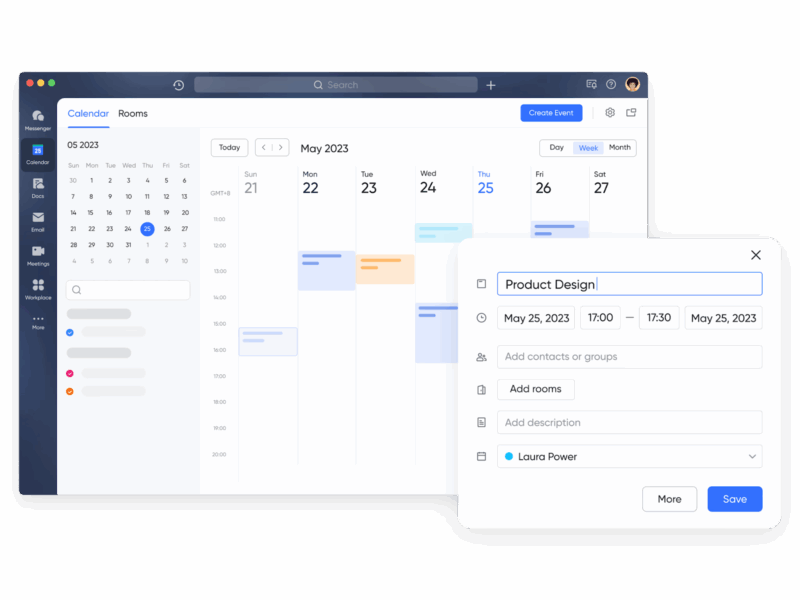
Sitelinks, Image Pack
When it comes to enhancing the visibility and user experience of a website, two powerful features that come to mind are Sitelinks and Image Pack. Sitelinks are additional links that appear below the main search result on Google, providing users with quick access to specific pages within a website. On the other hand, Image Pack displays a collection of relevant images at the top of the search results page, capturing attention and offering visual content right away.
Sitelinks can greatly benefit website owners by directing users to specific sections or pages that are most important or frequently visited. These links not only increase the chances of users finding what they’re looking for quickly but also establish credibility and authority for the website. With Sitelinks in place, it becomes easier for visitors to navigate through different sections of a site without having to go through multiple clicks.
Meanwhile, Image Pack is a fantastic feature that grabs attention instantly with eye-catching visuals. When searching for certain keywords, such as products or landmarks, Google showcases an array of related images at the top of its search results page. This allows users to get a glimpse of what they’re looking for before even clicking on any particular link. For businesses or websites focusing on visually appealing content like photography or e-commerce sites selling products, being featured in Image Pack can significantly boost visibility and drive more traffic.
In conclusion, Sitelinks and Image Pack are two valuable tools offered by Google that enhance user experience and visibility online. By leveraging these features effectively, websites can improve navigation for their visitors with Sitelinks while grabbing attention immediately with visually engaging content through Image Packs. Incorporating both into your overall SEO strategy can greatly impact your website’s performance in terms of increased traffic and improved engagement metrics.

Understanding Sitelinks
Sitelinks and Image pack are valuable features in search engine results pages (SERPs) that provide users with quick access to relevant information and visual content. As an expert in SEO optimization, I’ll explain the importance of sitelinks and how they can enhance your website’s visibility.
What are Sitelinks?
Sitelinks are additional links displayed below the main search result snippet on a SERP. They offer direct navigation to specific pages within a website, allowing users to quickly find the most relevant information they’re seeking. These sitelinks appear when the search engine recognizes the structure and organisation of a website as well as its relevance to the user’s query.
Benefits of Sitelinks
- Enhanced User Experience: With sitelinks, users can easily navigate through different sections or pages of a website without having to go back to the homepage or perform multiple searches. This improves user experience by saving time and effort.
- Increased Visibility: Sitelinks occupy more real estate on the SERP, pushing down other organic results and attracting more attention from users. This increased visibility can lead to higher click-through rates (CTRs) for your website.
- Authority and Credibility: The presence of sitelinks suggests that your website is well-structured, authoritative, and trustworthy in the eyes of search engines. It enhances your brand’s credibility among users, increasing their likelihood of engaging with your content.
How to Optimise for Sitelinks
While you cannot directly control which pages appear as sitelinks, there are several best practices you can implement:
- Clear Site Structure: Ensure that your website has a logical hierarchy with clear categories and subcategories. This helps search engines understand the organisation of your site better.
- Relevant Internal Linking: Utilise descriptive anchor text while interlinking between different pages on your site. This aids search engines in identifying the most relevant pages to display as sitelinks.
- Quality Content: Develop high-quality, informative content that covers a wide range of topics within your niche. This increases the likelihood of search engines recognizing your site’s relevance and displaying sitelinks.
- Schema Markup: Incorporate structured data markup such as schema.org into your website’s HTML. This provides additional context about your site’s content, making it easier for search engines to understand and categorise.
In conclusion, sitelinks are an essential aspect of search engine optimization that can improve user experience, increase visibility, and establish authority for your website. By implementing best practices and maintaining a well-structured site, you stand a better chance of having these valuable sitelinks displayed in SERPs.












